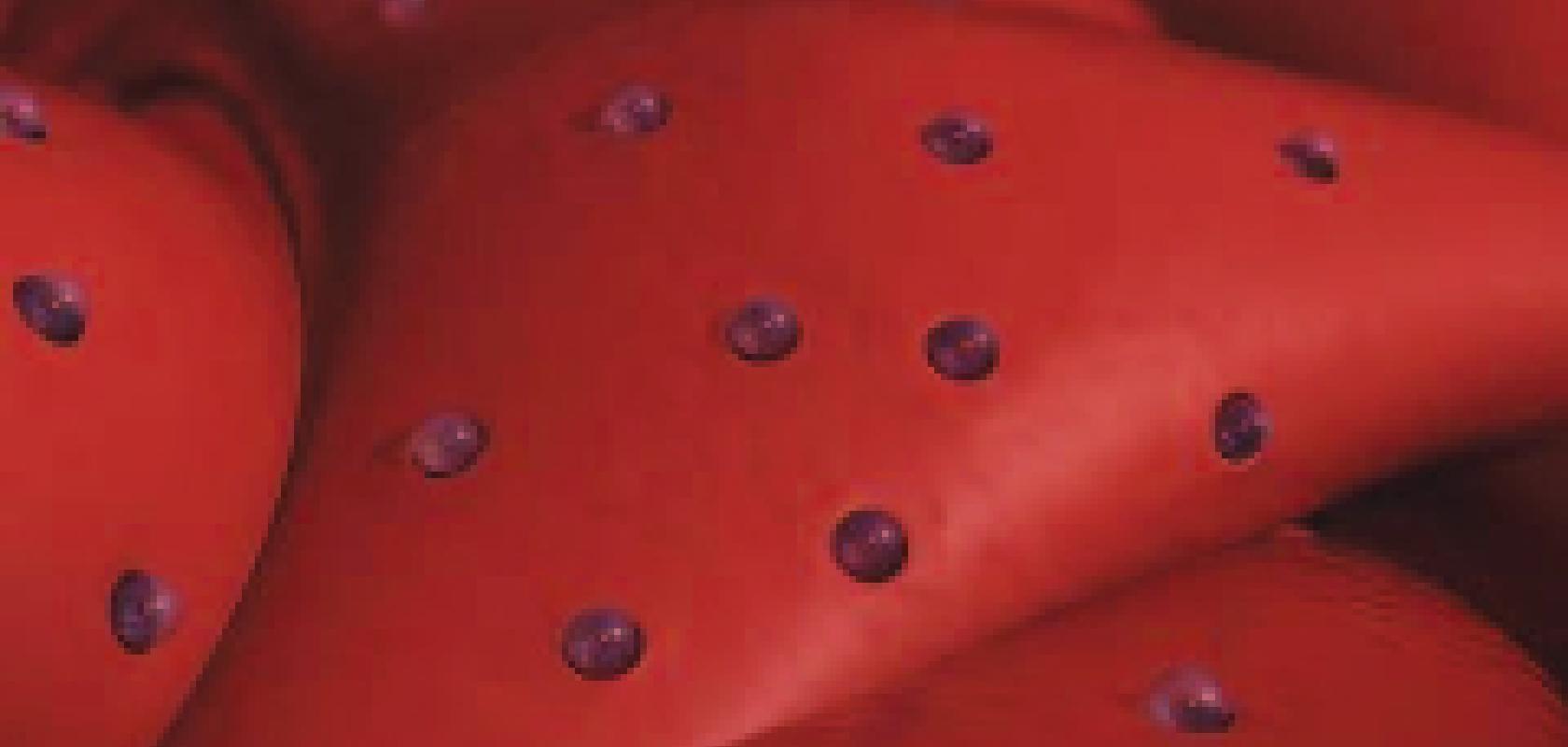A presentation on performing nanosurgery in living cells with the help of an ultrafast laser was one of the plenary talks given at Photonics West in San Francisco at the beginning of February. Professor Michel Meunier at the École Polytechnique de Montréal in Canada spoke about a new technique his group is developing for nanosurgery that uses what he terms as a laser ‘multi-nanoscalpel’.
‘The surgery of the future, the surgery in the 21st century, will be performed by nanosurgeons,’ Meunier commented, speaking to Electro Optics. Operating on living cells has promise as a gene therapy technique, whereby nanosurgeons would be able to insert genetic material into specific cells in order to treat disease, for instance, replacing a mutated gene with functional, healthy DNA. Other potential uses include cancer treatment by targeting tumour cells.
There are different ways of performing nanosurgery, but Meunier is working on a method that couples a femtosecond laser with nanoparticles targeted at certain cells.
The approach doesn’t focus the laser beam, but uses the nanoparticle to concentrate the energy; it is a plasmonic effect, which amplifies the energy of the laser. The event is highly localised at the position of the nanoparticle. ‘Chemists and biologists can engineer a particle to target a specific point on the surface of a cell or a specific cell,’ explained Meunier. ‘This is called functionalisation; it’s like a seeking device.’
Irradiation of the nanoparticles with a laser creates an electronic plasma on a nanometre scale, which in turn generates a pressure wave or a bubble, depending on the method used, that spreads out from the particle. ‘In the application I spoke about during my talk, a bubble was used to perforate the cell membrane. This is one application. If the nanoparticle is close to a cell membrane, the nanoscalpel can perforate the membrane in order to exchange genes,’ he said.
Femtosecond lasers on their own can also perform nanosurgery. An ultrafast laser beam focused on individual cells in the hundreds of nanometres scale can make incisions, just as ultrafast lasers can be used for very fine machining. This method has been developed during the last decade.
Meunier’s group is working on a multi-nanoscalpel, in that there are many particles on the surface of a cell all acting as nanoscalpels under the high pulse energies of the femtosecond laser.
The technique has an efficiency of more than 70 per cent in some cases. The pressure wave is so short-lived due to the short pulse duration of the laser that genetic material can be exchanged without killing the cell. ‘I can increase the energy of the laser to kill the cell if necessary, but there is a good process window under which I can operate without doing so,’ Meunier said.
The plenary talk looked at nanosurgery in general, all based on ultrafast laser technology. Other groups have used picosecond lasers, which seem to work, according to Meunier. A nanosecond laser does work, but it’s a different process and requires more energy, he said. ‘We have tried nanosecond lasers and it works but it’s less efficient.’
He added: ‘This technique is pretty new. It takes a long time to make the transition to the medical world. In my research group, we are exploring this technique with regards to a very specific health problem, although this is confidential at the moment.’ The group has published papers on using the nanoscalpel to transfect cancer cells, however.
‘The 21st century is based on the convergence of disciplines,’ Meunier commented. ‘This is one example: nanotechnology that incorporates the fields of biology and medicine.’
He believes the technique could be used to perform nanosurgery in medicine in the future, but that it will take time before the practice is accepted. ‘For me as a physicist, I’m developing a tool that biologists and doctors will be able to use,’ he said. ‘The physics of the tool is more complicated than a standard scalpel of course, but I foresee a lot of potential applications for biologists and doctors. It is down to these people to tell us how to develop the tool.’
 Greg Blackman is the editor for Electro Optics, Imaging & Machine Vision Europe and Laser Systems Europe.
Greg Blackman is the editor for Electro Optics, Imaging & Machine Vision Europe and Laser Systems Europe.
You can contact him at greg.blackman@europascience.com or on +44 (0) 1223 275 472.
Find us on Twitter at @ElectroOptics, @IMVEurope, and @LaserSystemsMag.


